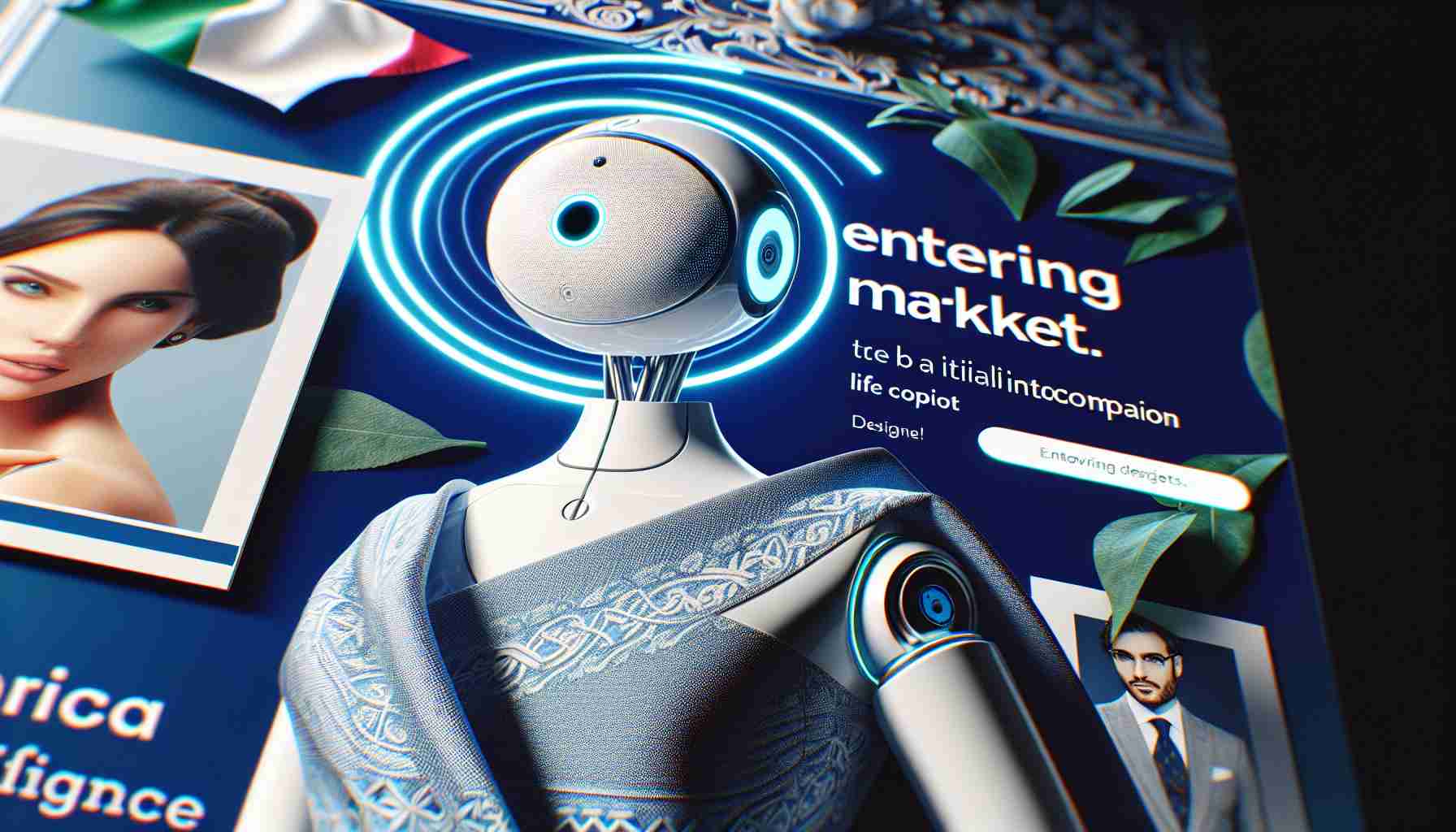Revolutionizing Artificial Intelligence Assistance
An innovative new application, MAIA, has been launched as a result of a collaboration between Synapsia and Maia Inc. This generative AI solution has been entirely developed by an Italian team and is tailored to cater to both business domains and individual consumers.
Introducing Your Personalized Digital Companion
MAIA is not just an ordinary app; it acts as a “Life Copilot,” designed to evolve through user interaction. As you engage with it, MAIA hones its knowledge and offers tailored outputs that align with your unique preferences, behaviors, and individual decisions. Its distinctiveness is rooted in its adaptability and learning capabilities.
The Cornerstones of MAIA: Magiq and Neural ID
Two central features give MAIA its edge. The first, Magiq, is an open-source model trained in three languages – English, French, and Italian – capturing the idiosyncrasies of each. The second is Neural ID, a digital identity that scrutinizes, records, and analyzes your tastes and choices, enabling MAIA to forge bespoke responses and advice.
What Can MAIA Do For You?
Whether generating texts, translating languages, concocting creative content, or even creating images, MAIA mirrors the capabilities of other AI models. However, its personalized responses, made possible by Neural ID, cater to your individual needs, aiding in everything from choosing a dining spot to planning a journey, and its learning prowess only grows with each interaction.
As a guardian of user privacy, MAIA asserts that it doesn’t employ personal data to train its models, ensuring a private user experience. Available as a free app on iOS, Android, and web platforms, MAIA’s basic services are complimentary, while a subscription unlocks advanced features and a personal storage for all the documents and details you want MAIA to learn from.
Important Questions and Answers Related to MAIA
What makes MAIA different from other AI assistants?
MAIA sets itself apart through its Neural ID and Magiq technology which allow for personalized experiences. Unlike generic responses from other AI, MAIA customizes its services according to the user’s preferences, behaviors, and decisions over time.
How does MAIA ensure user privacy?
MAIA claims to prioritize user privacy by not using personal data to train its AI models, which is a significant advantage for privacy-conscious users in an era where data misuse is a concern.
Key Challenges and Controversies
A potential challenge for MAIA might be maintaining user privacy while providing personalized experiences as the AI learns from the user. Any AI application that deals with personal data can face skepticism regarding how the data is handled and whether the privacy measures are robust enough.
Advantages and Disadvantages
Advantages:
– Customization: With Neural ID, MAIA offers personalized advice, becoming more precise over time.
– Multilingual Support: Trained in three languages, MAIA can cater to a wider audience.
– Privacy: Claims not to use personal data for training AI, aiming to protect user privacy.
– Free Basic Service: Available on various platforms, providing free services with optional paid upgrades.
Disadvantages:
– Trust in Privacy: Users must trust MAIA’s commitment to privacy, which for new technology, may require time to establish.
– Market Competition: As a newcomer, MAIA must compete with well-established AI assistants from tech giants.
– Monetization via Subscription: Advanced features are behind a paywall, which may limit access for users unwilling or unable to pay.
For additional resources, you might want to visit the websites of organizations involved in AI development and services. Potential links include:
– Synapsia.ai: The website of the collaborative partner involved in MAIA’s development.
– Maia Inc.: The official website of the company that co-developed MAIA, which may offer more insights into the app and its capabilities.
Please note that the URLs provided are based on the hypothetical collaboration and companies presented in the article and are referenced for formatting purposes only.
The source of the article is from the blog motopaddock.nl

